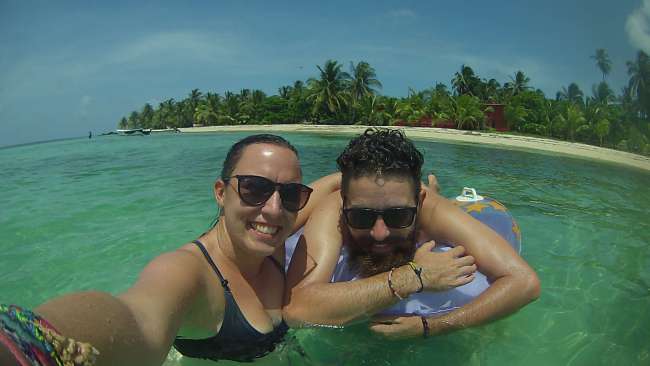"A better world is possible" - Welcome to Cuba
Publicēts: 19.07.2017
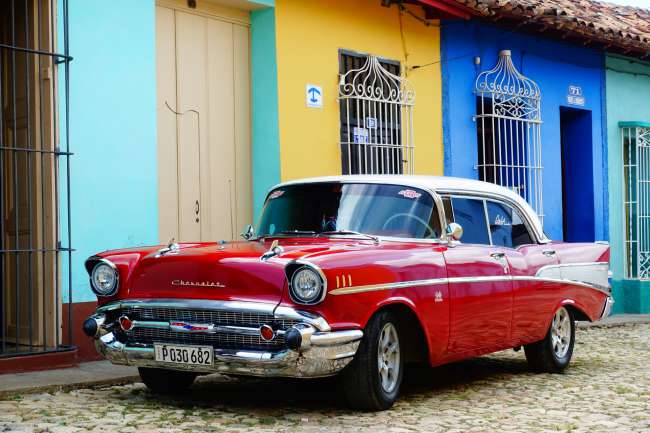
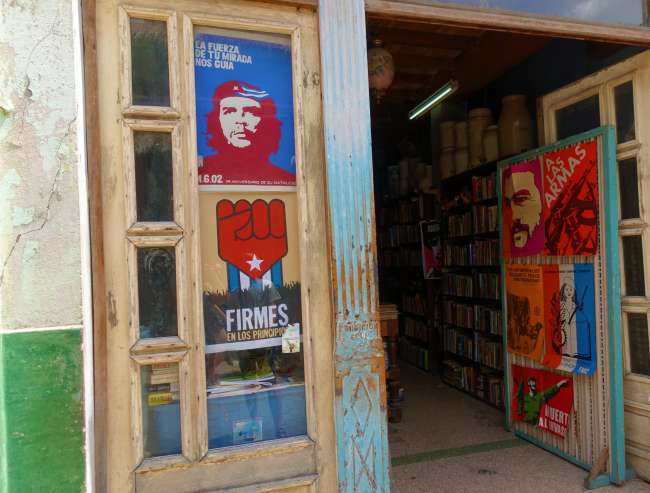
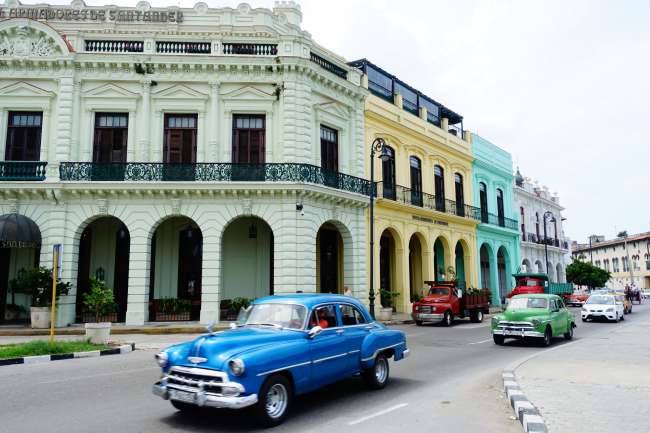
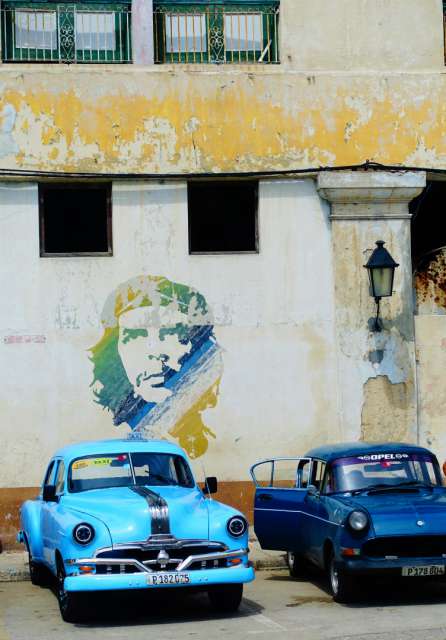
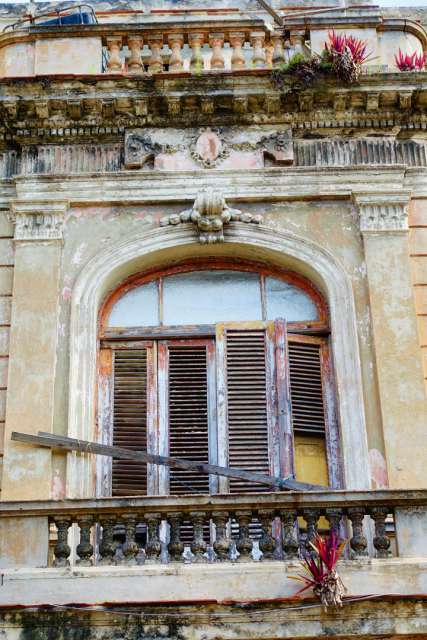
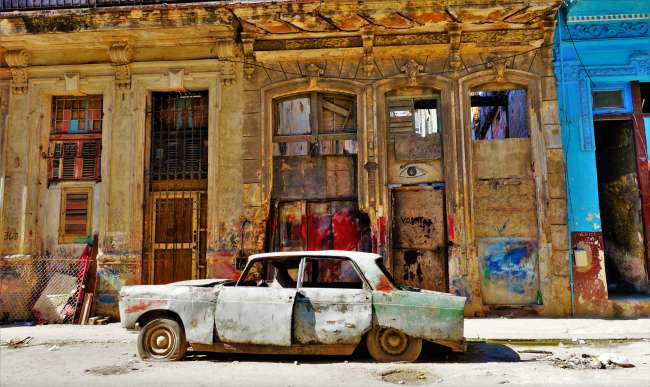
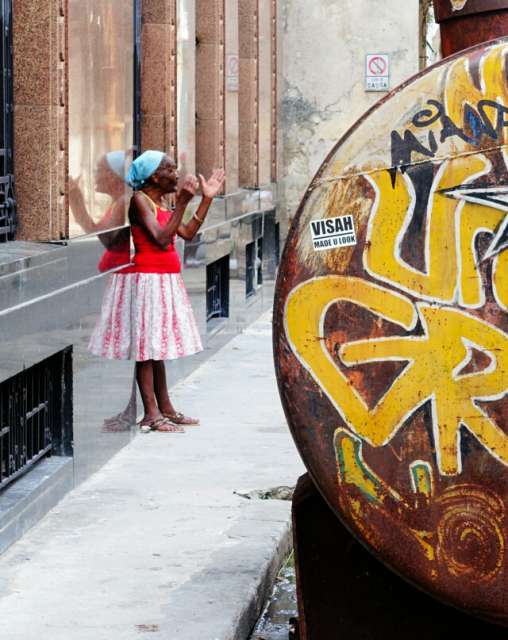
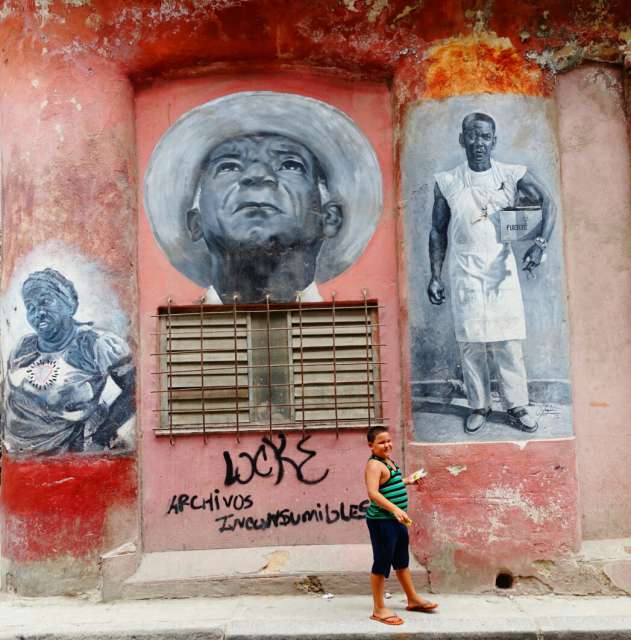
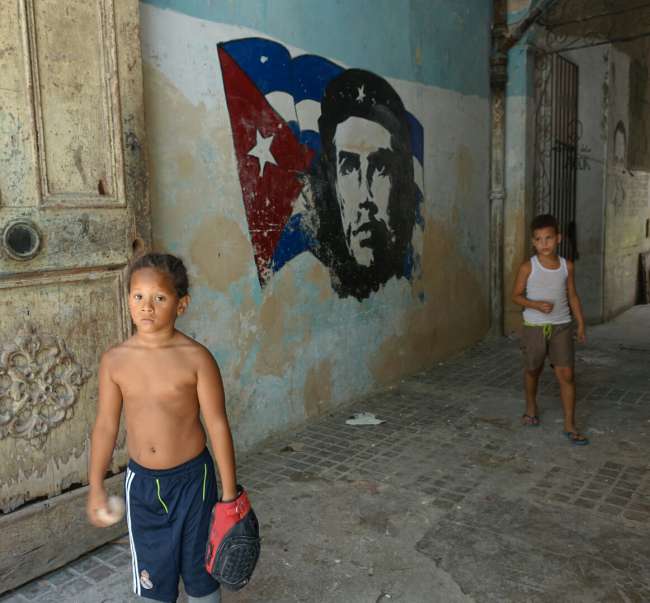
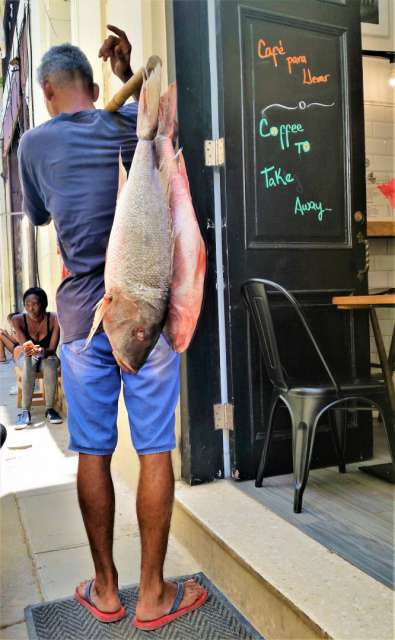
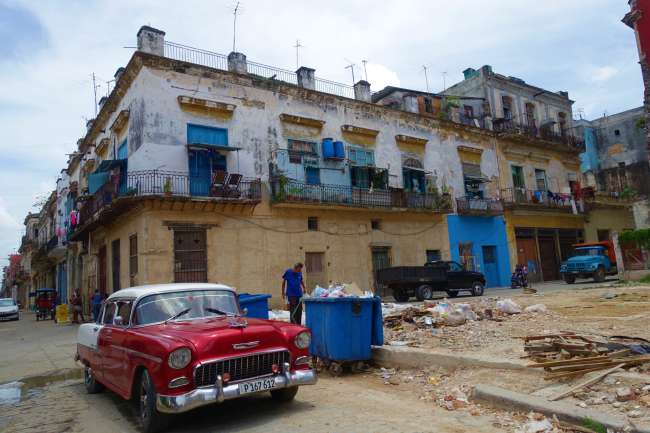
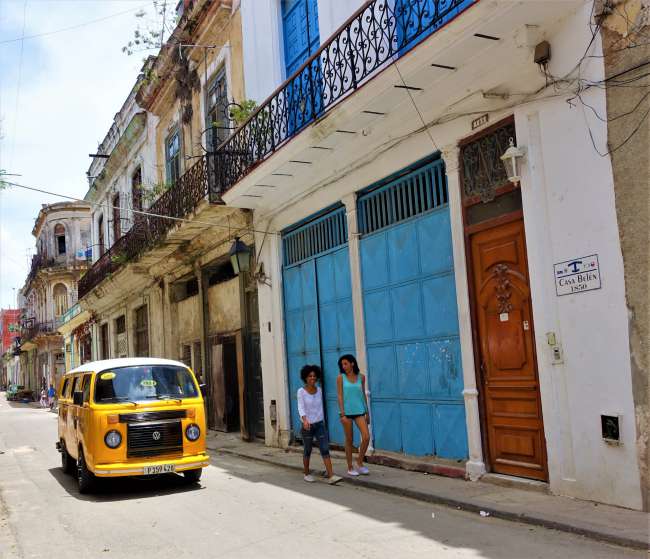
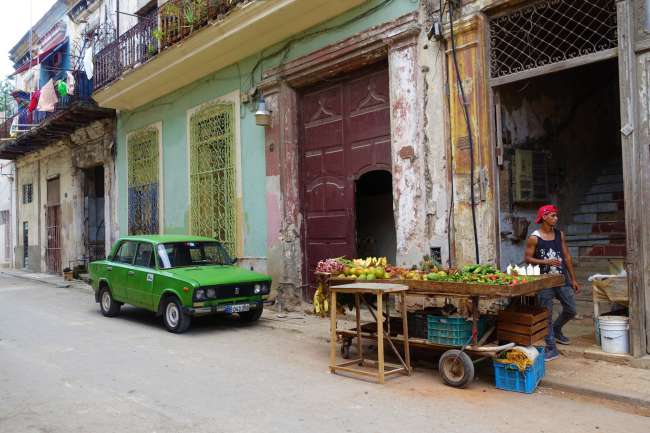
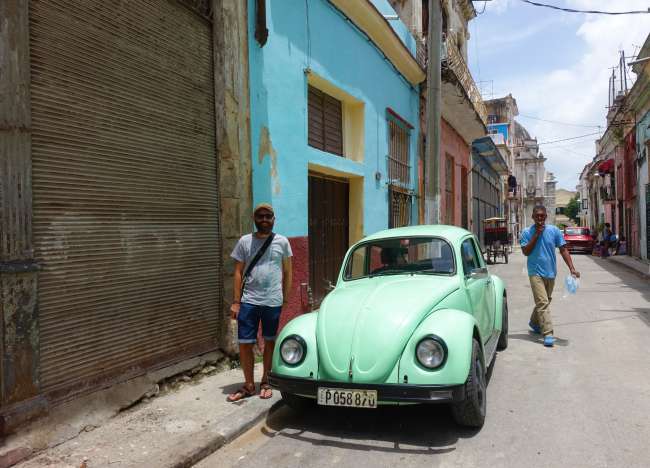
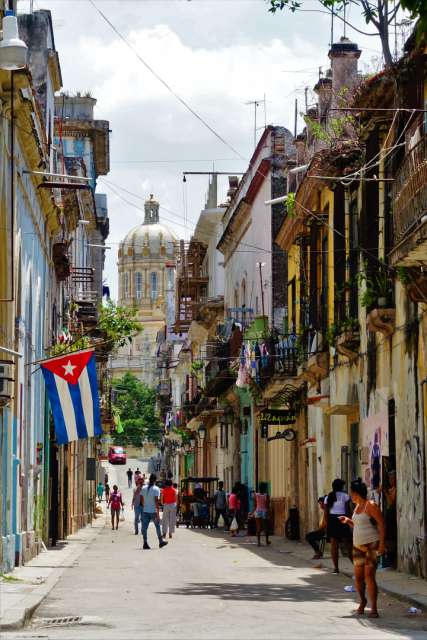
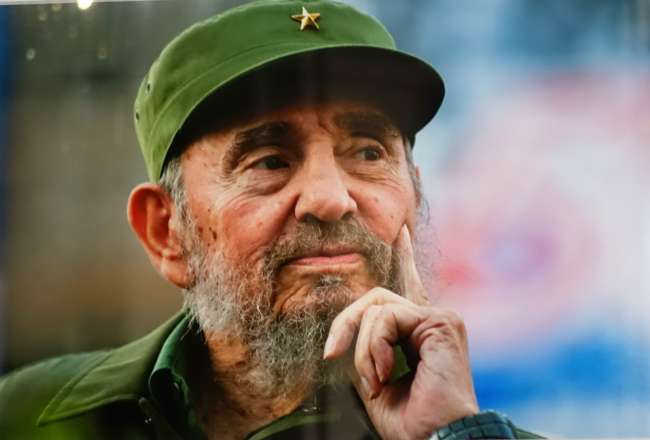
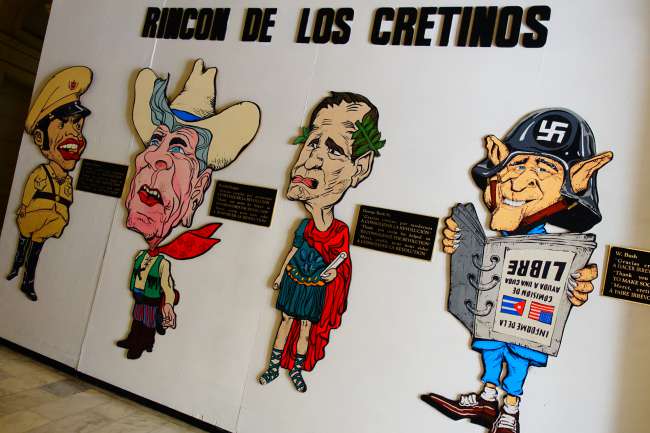
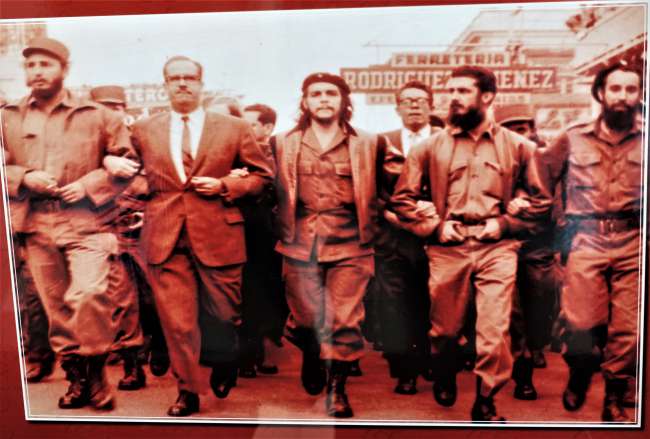
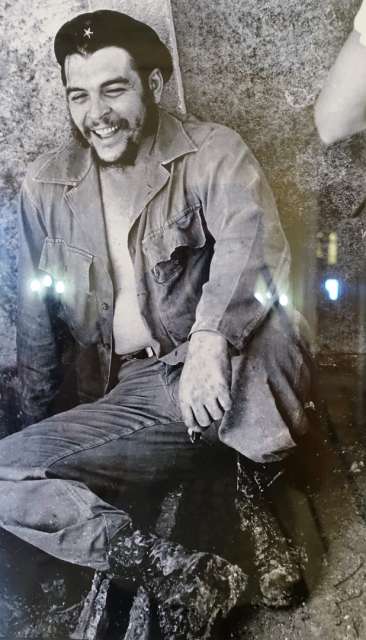
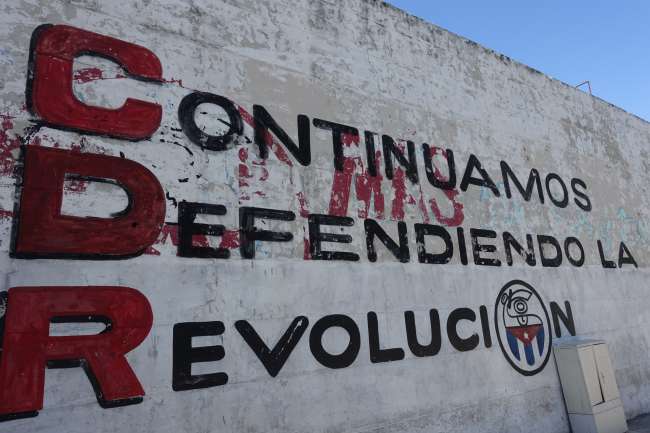
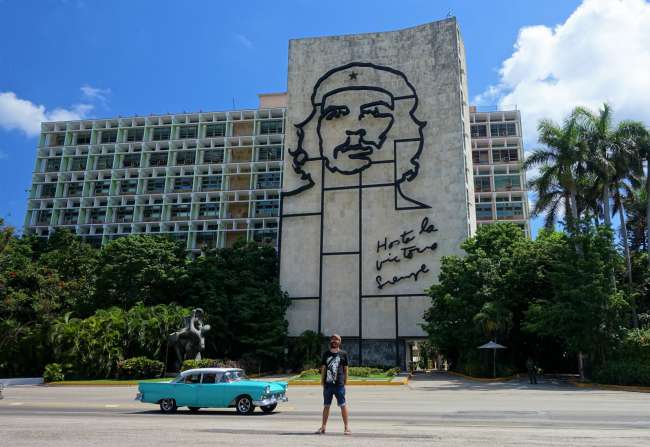
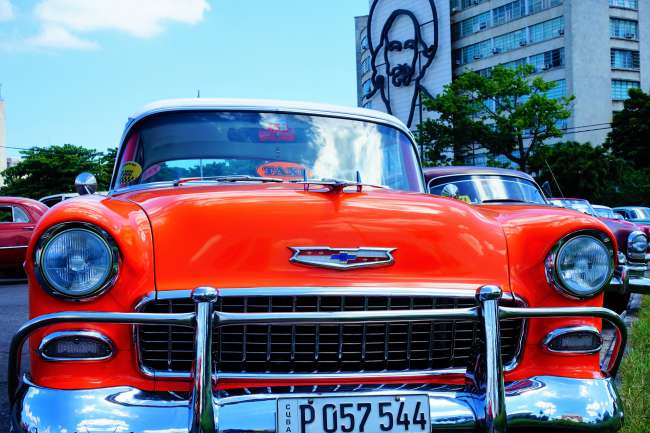
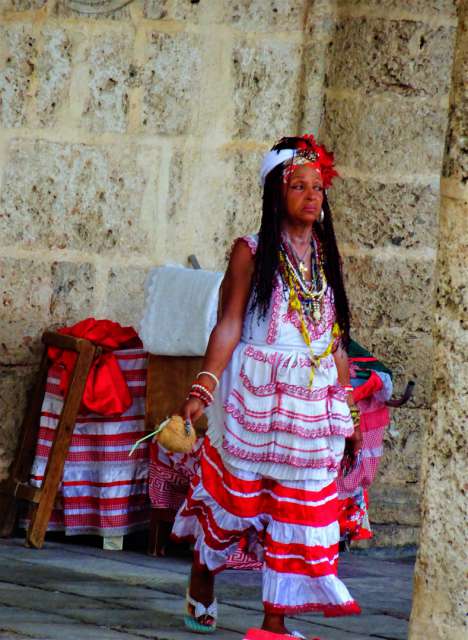
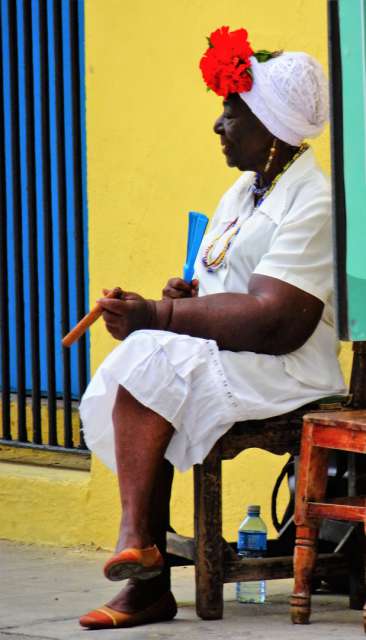
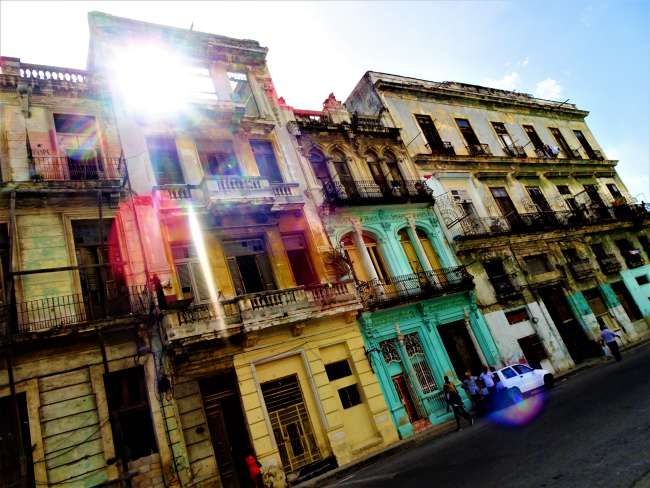
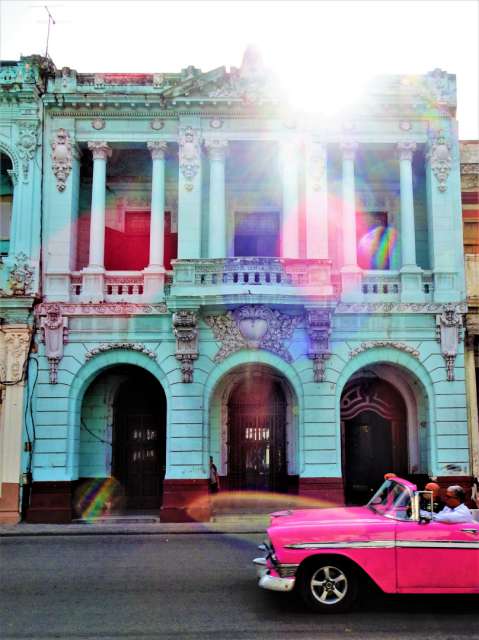
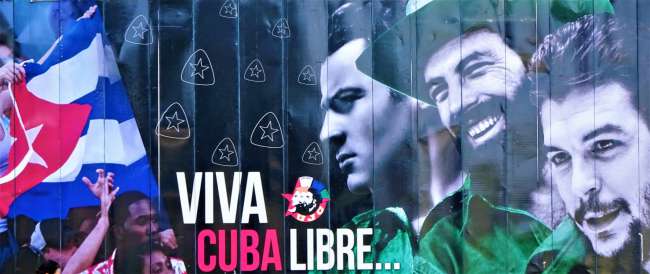
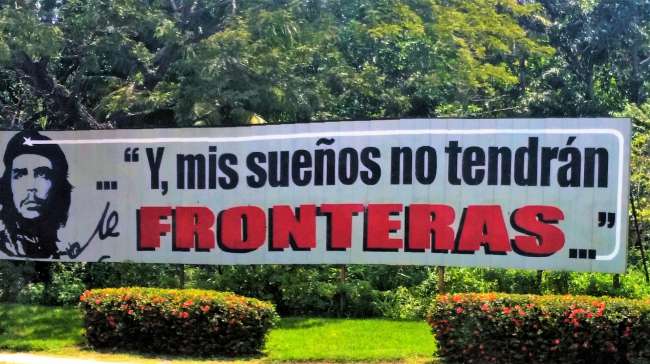
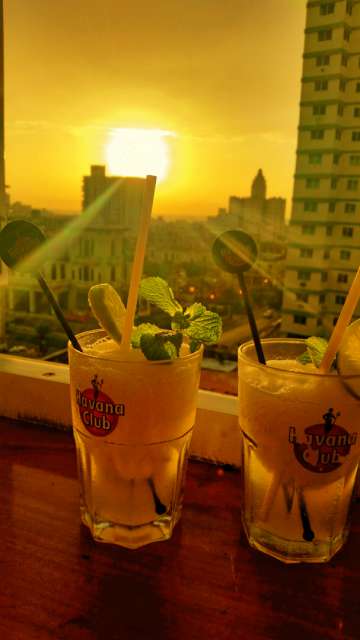
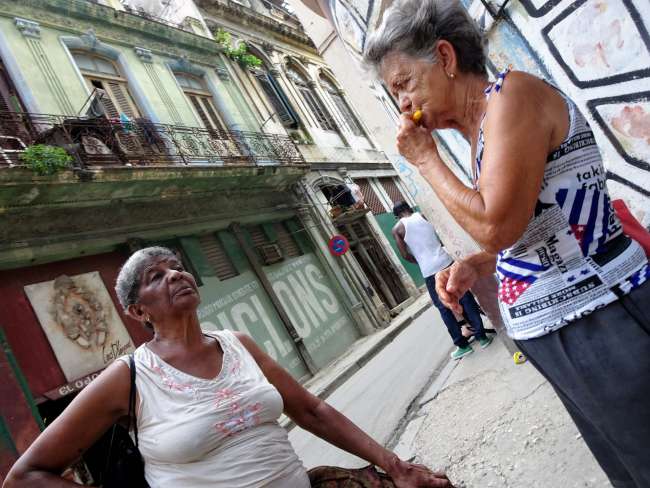
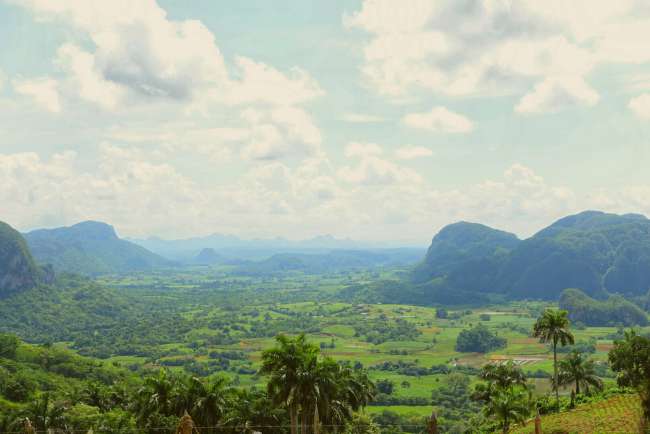
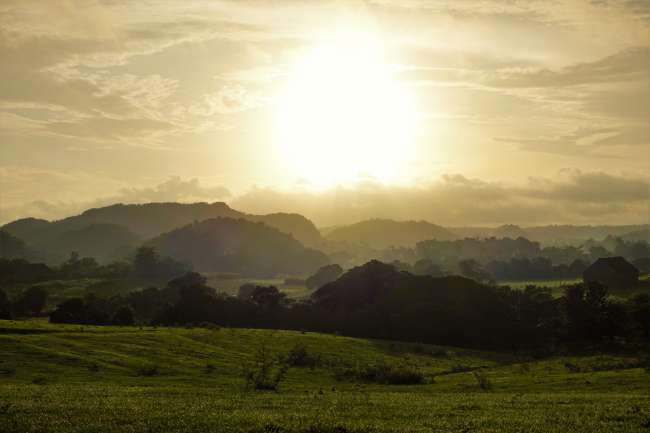
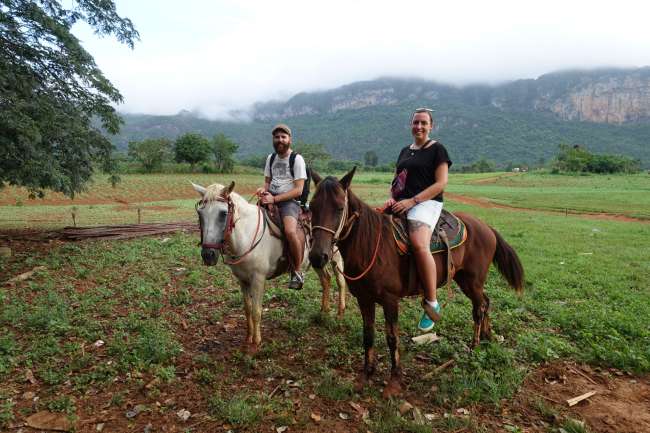
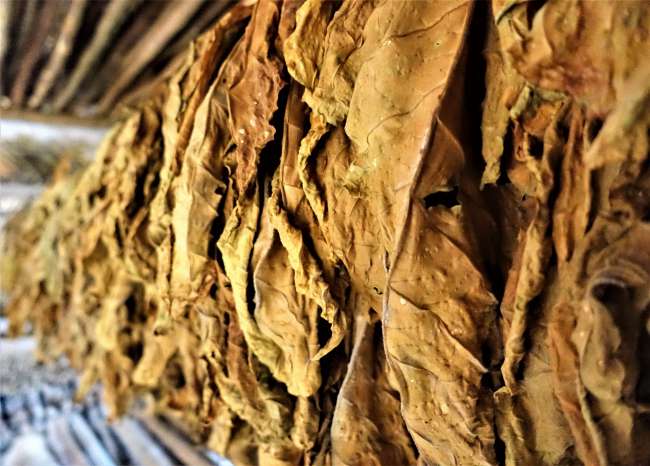
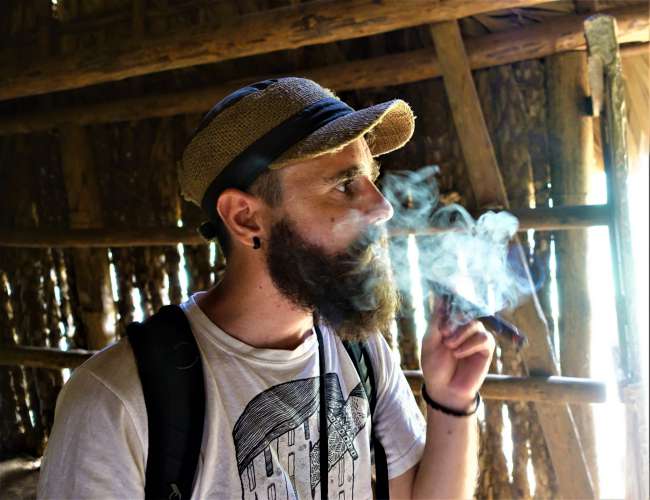
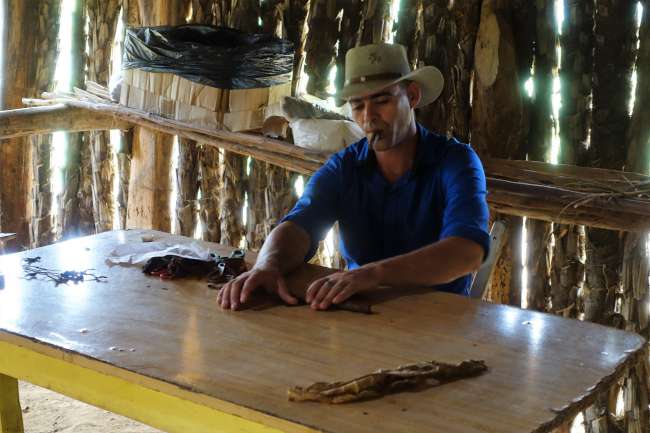
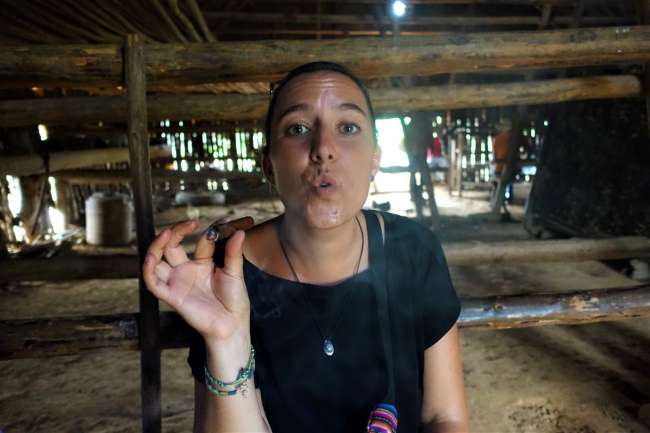
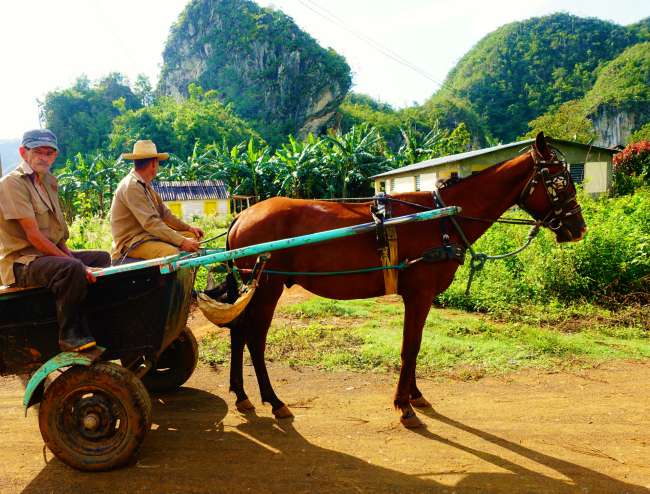
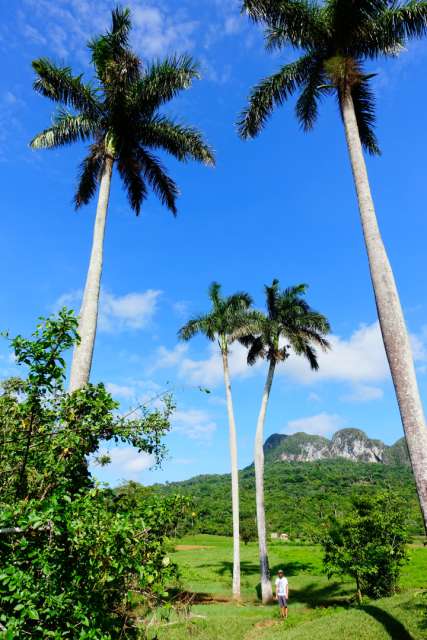
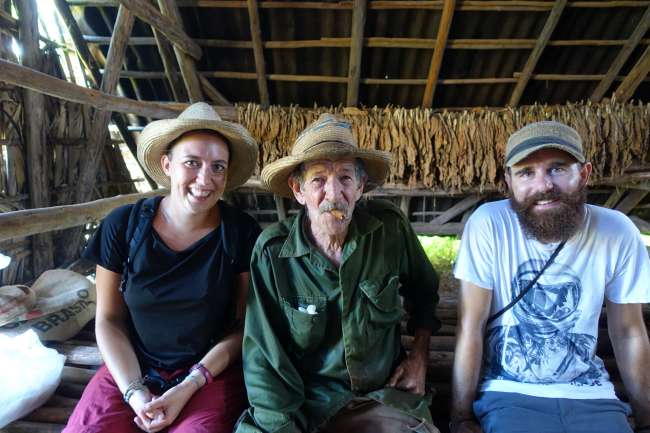
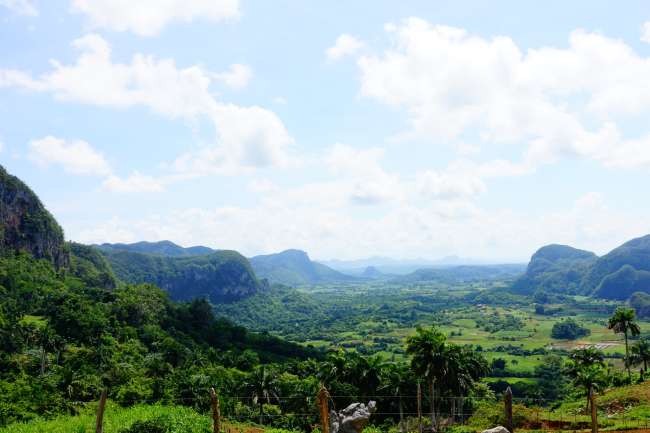
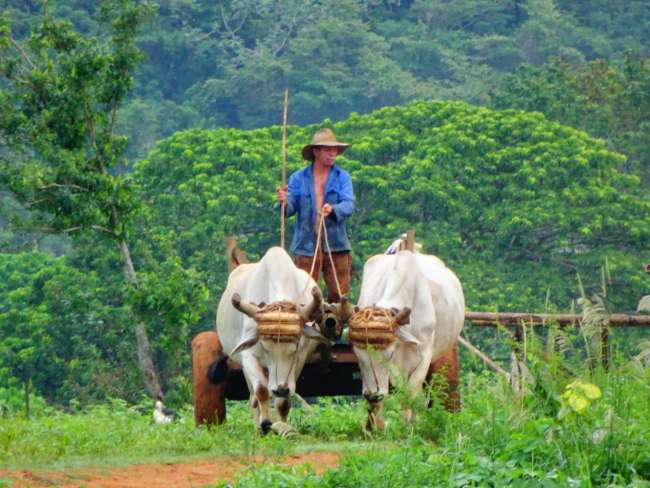
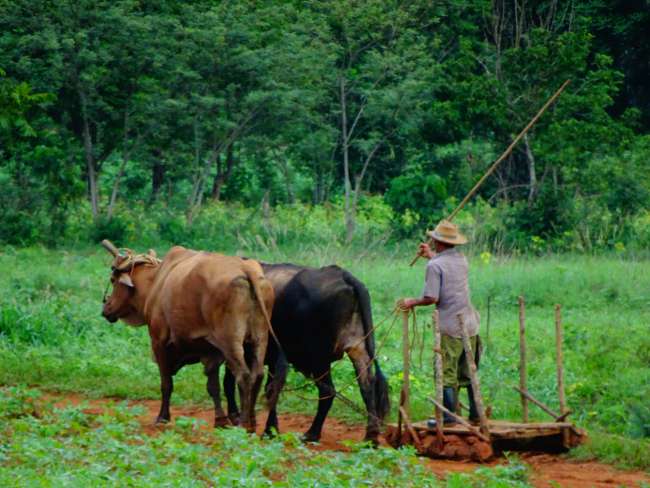
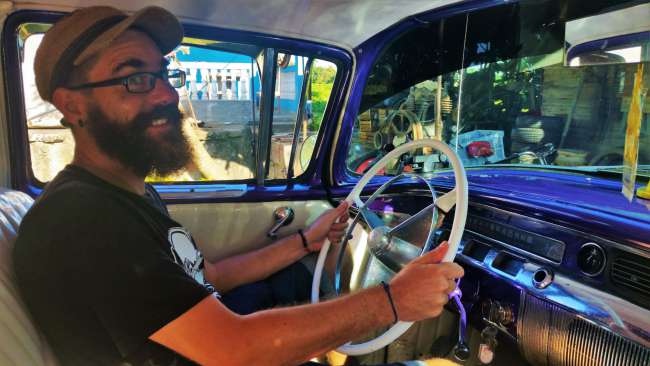
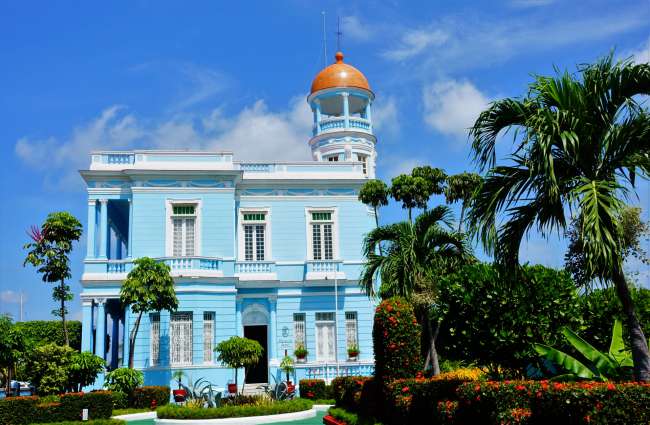
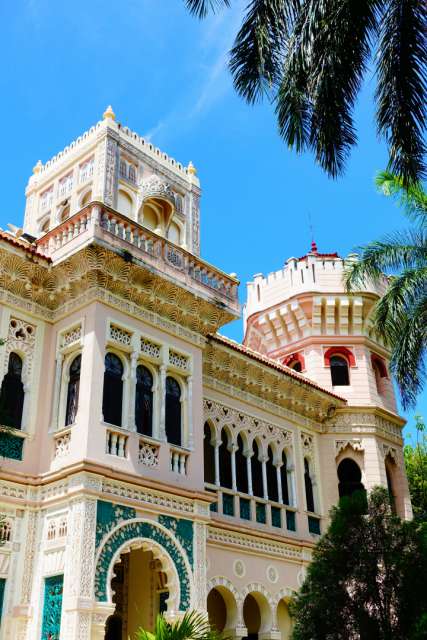
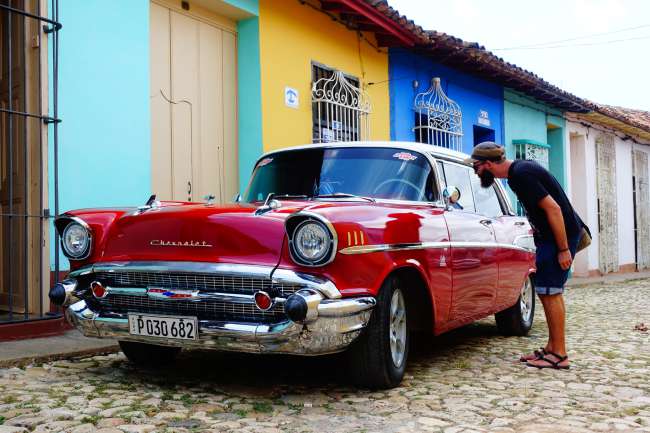
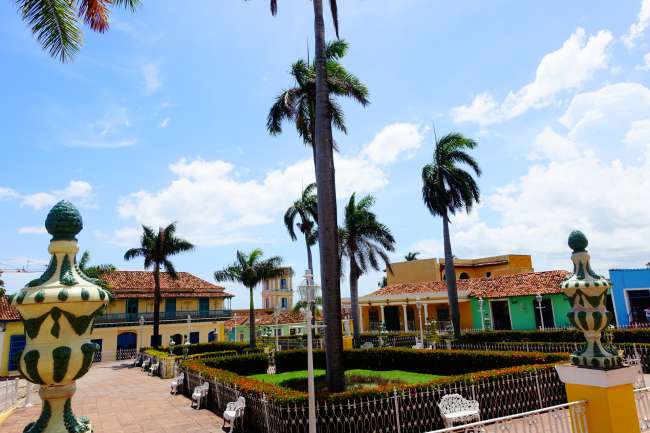
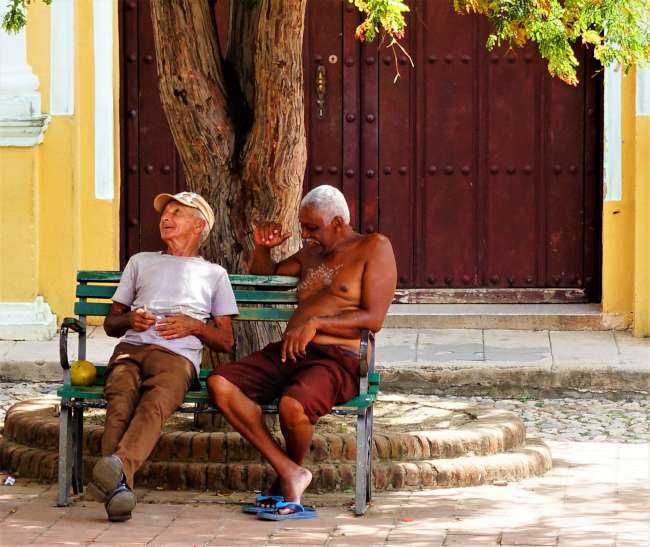
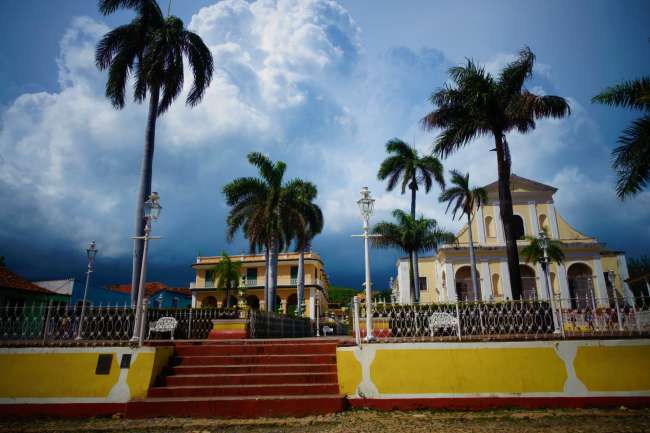
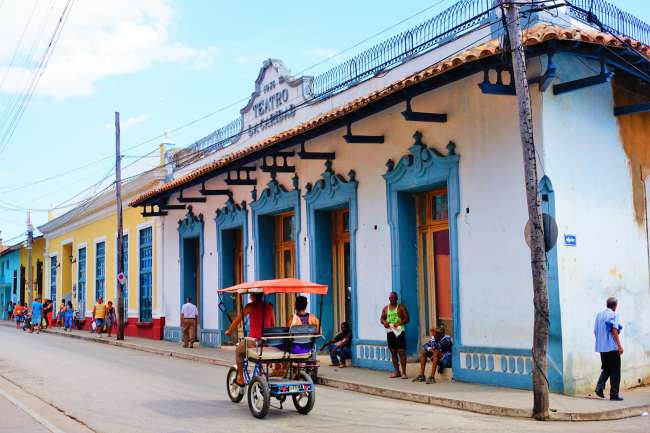
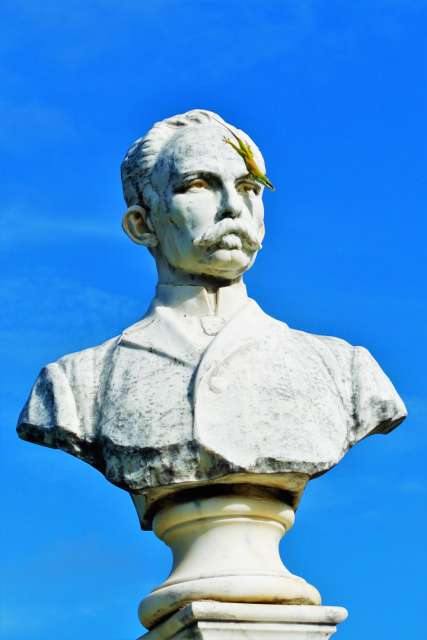
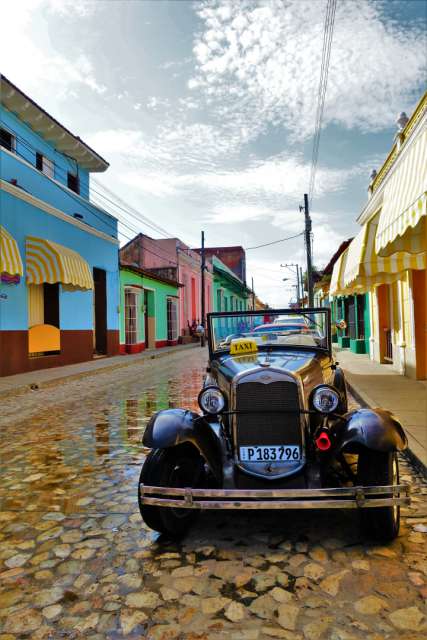
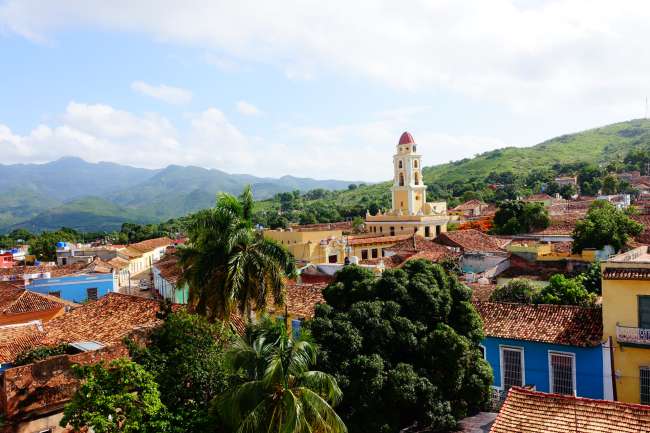
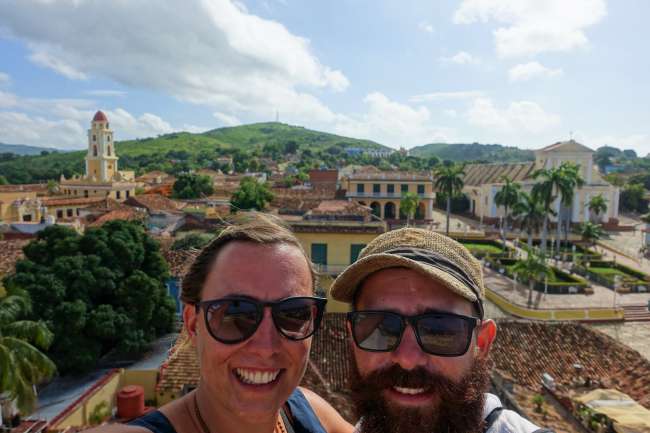
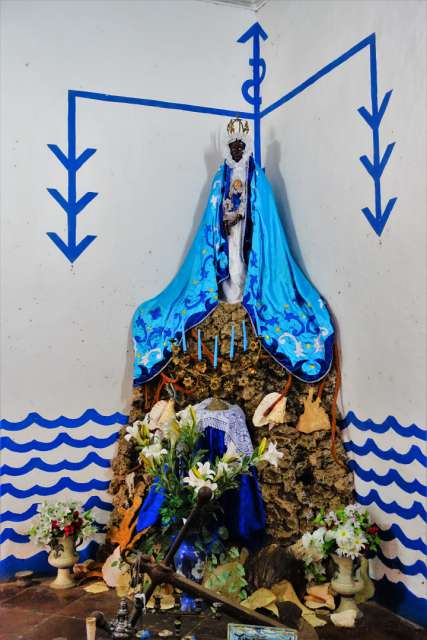
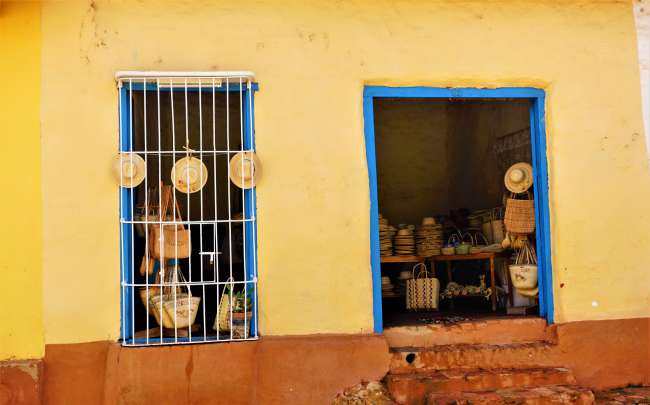
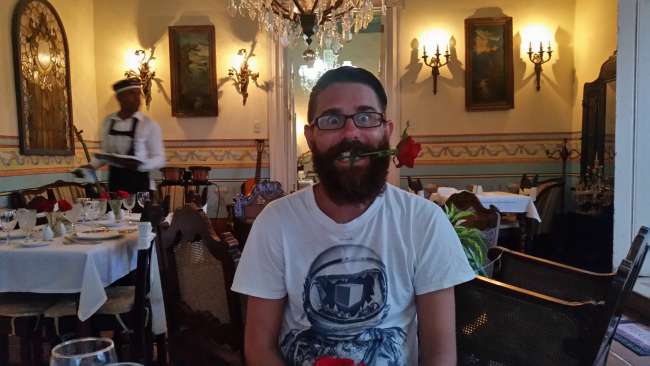
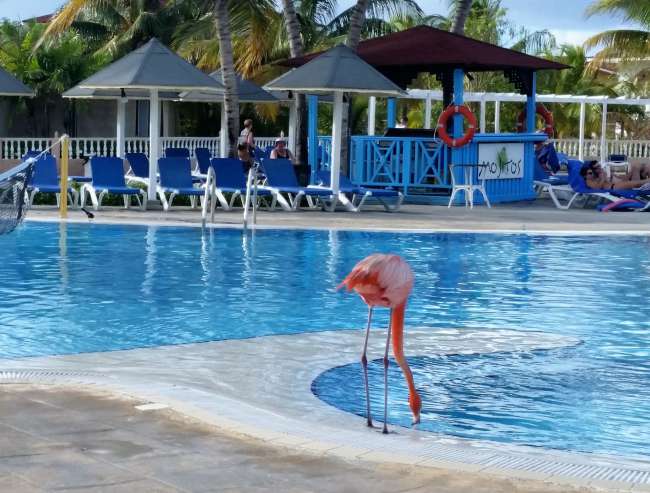
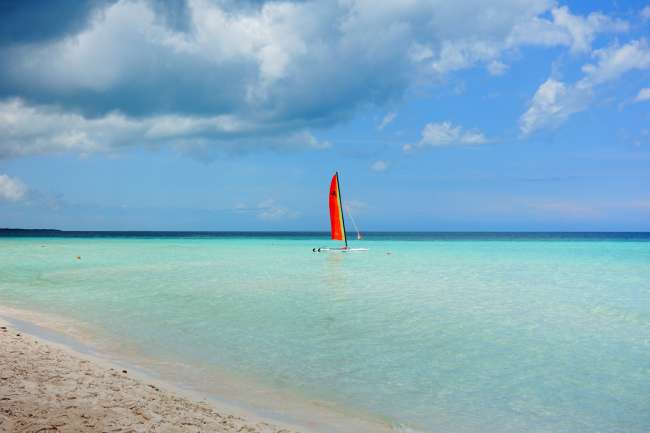
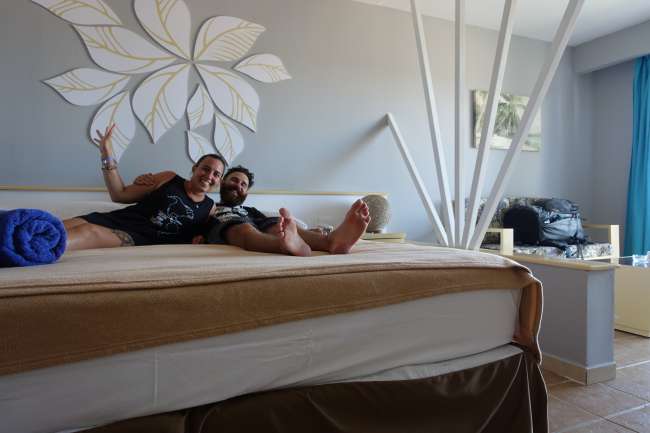
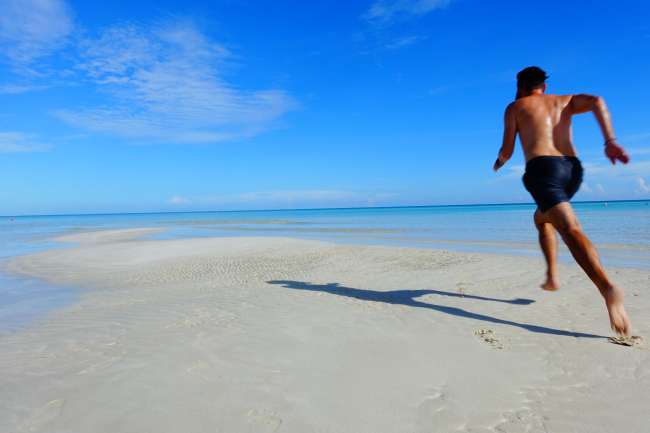
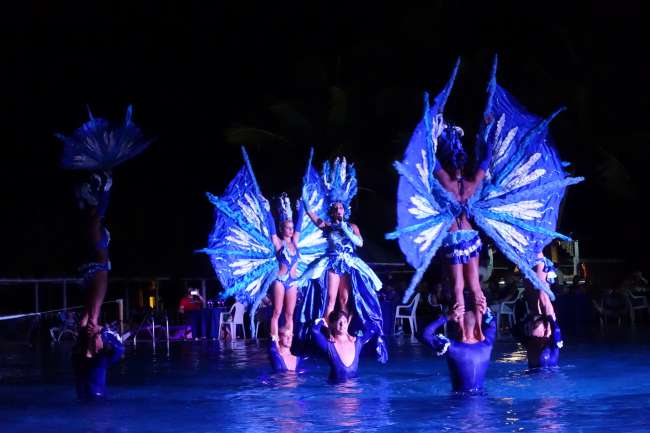
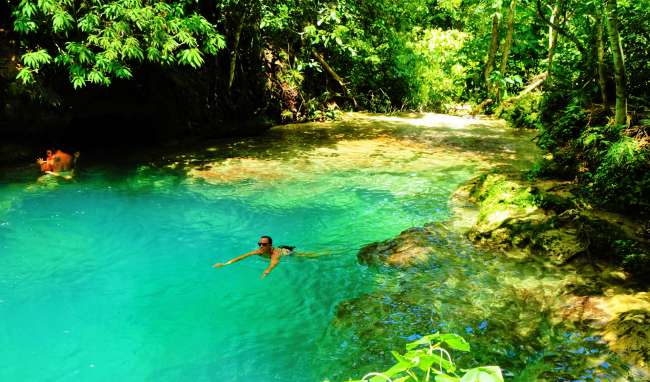
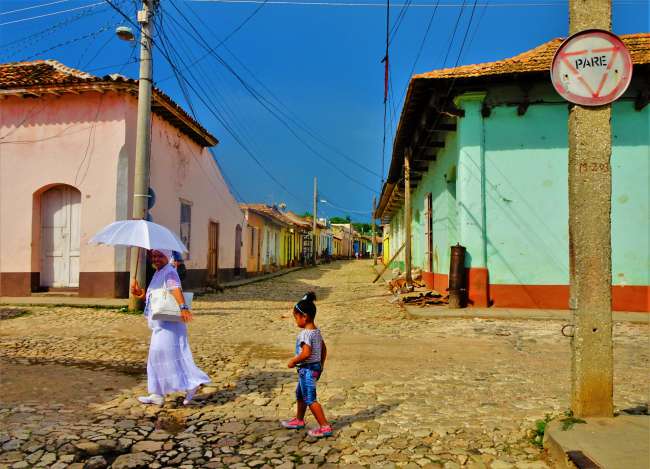
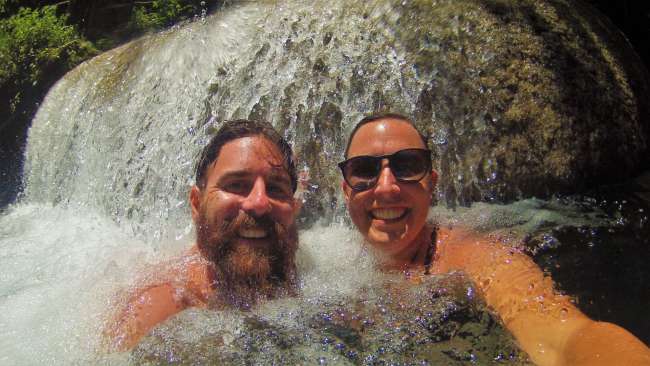
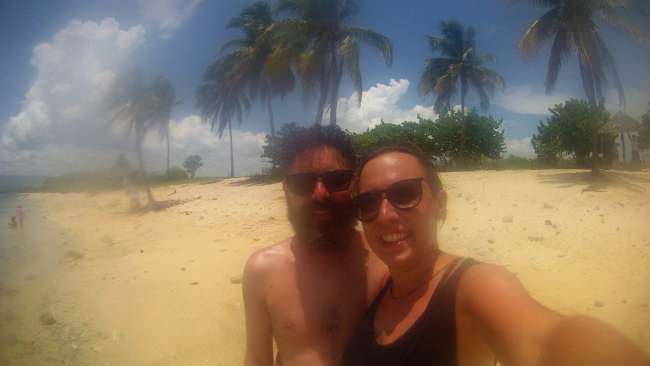
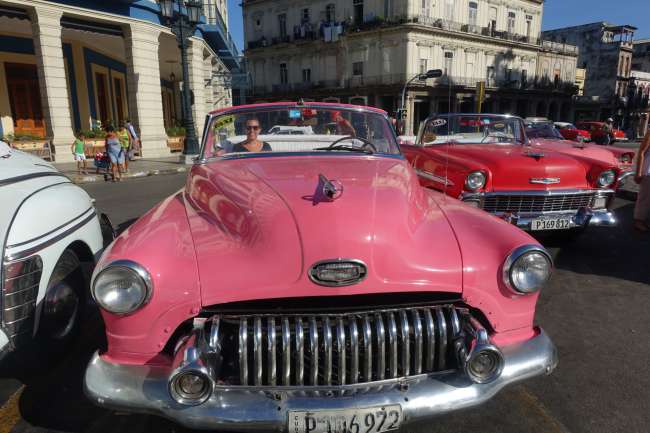
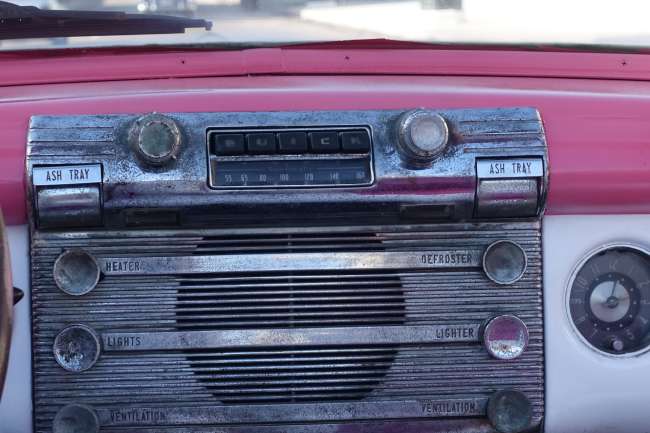
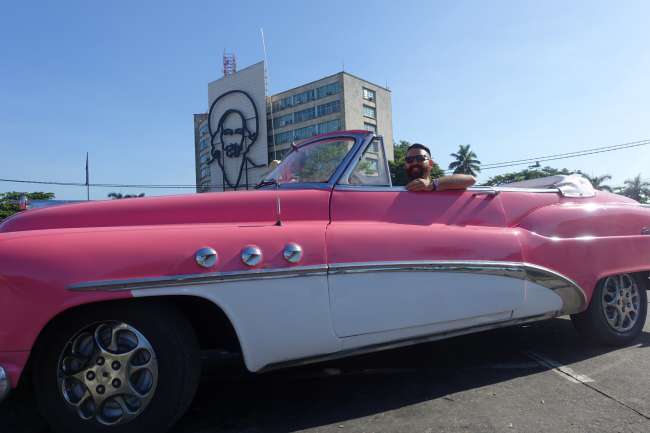
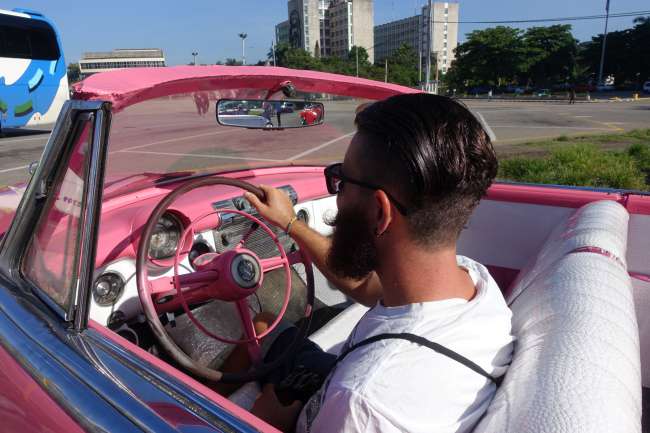
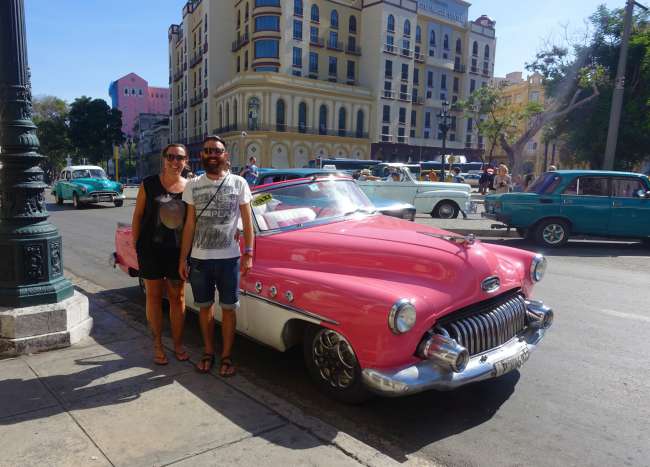
Abonējiet biļetenu
Our trip to Cuba started in typical Cuban fashion, with a delay. The Cubana Airline made us wait for two full days in San Jose, the capital of Costa Rica, as the plane supposedly couldn't take off from Havana due to bad weather. At least we were accommodated in the Hilton Hotel and provided with food vouchers, which was a relief in the expensive Costa Rica. The tourists were then booked on Copa Airlines via Panama on the third day, while the Cubans were allowed to fly a day earlier. But the chaos only began after an 8-hour layover in Panama City, as a horde of shopping-crazed Cubans, loaded with everything that is not available in Cuba like Barbie dolls, water guns, perfumes, household utensils, and counterfeit brand clothing, awaited us at the gate. When it finally opened, everyone tried to storm the plane at the same time, and the flight attendants were powerless. Only after some loud announcements did some order come into the chaos, and all excess luggage had to be checked separately. But where there's a Cuban, there's a way, so I observed an energetic 80-year-old man quickly stealing his heavy bag back from the luggage cart in the gangway and carrying it onto the plane. We were already wondering why we had to be at the gate 2 hours before departure, but it really took that long until everyone was seated with or without their belongings.
When we finally arrived on the island in the middle of the night, completely exhausted, the biggest challenge began for us, as the Cuban customs can be quite meticulous. We were prepared with all the necessary documents and tourist cards, but the officials seemed eager to finish their shift and get to bed, so they let us through without any problems. But then we still had to deal with the final boss, the baggage claim. Since every Cuban in Panama had checked in additional packages along with their 5 pieces of hand luggage, they also had to collect them in Havana...and we had the pleasure of experiencing one of the biggest Cuban virtues - waiting. Plastic package after plastic package passed by on the conveyor belt, which was probably operated by Guantanamo prisoners on bicycles behind the scenes, as slow as it pushed the luggage forward. Since every passenger claimed their package, and only a few of them were labeled with names and they all looked alike, the whole process took a long time. The 6 tourists who were already staying together in the Hilton Hotel melted away in the 35-degree heat of the airport hall and already experienced their first culture shock - time runs differently in Cuba! 1.5 hours later, our backpacks finally appeared on the belt and shortly after, we were finally in a taxi that took us to our Casa in Havana's Old Town, called Habana Vieja.
The next day, our to-do list included getting money, so after a short night's sleep, we forced ourselves out of bed, got a fantastic breakfast served by our hostess Tere and her daughter, and explored Havana's streets. Right from the first steps that led us through the magnificent El Prado boulevard, we were in awe. Of course, everyone thinks of the typical image of dilapidated old cars when they think of Cuba and especially Havana. But reality exceeded our expectations and ideas by far. Villas lined the streets on the left and right, sometimes in better condition, sometimes in pitiable condition, in between, interminable American cars from the 50s and 60s rolled over the asphalt shimmering in the heat, followed by old Fiats and Russian Ladas, round coco-taxis, and horse-drawn carriages. When the traffic lights turned from red to green, pedestrians temporarily couldn't breathe because the air turned black with soot emitted by the old cars when the engine revved and the vehicles started clattering.
The first ATMs obediently spit out convertible pesos, one of the two currencies in Cuba. The convertible pesos, CUC, introduced exclusively for tourists and foreign transactions, is a sought-after currency and is pegged to the dollar in terms of value. However, the locals use the Moneda Nacional, CUP, with which they can buy what Cubans need for their daily lives. Tourists usually don't have access to CUP, unless they are fooled or exchange some to be able to buy cheap peso pizza or fruit juices on the street. We didn't expect the money withdrawal to go so smoothly and therefore had the whole day to explore Habana Vieja.
We let ourselves wander through the streets and squares and occasionally got into a chat with the very talkative and curious Habaneros. Sometimes, our conversation partners wanted to sell us cigars or city tours or simply wanted to know where we come from, why we speak Spanish, and welcome us to their beautiful island. Between the old buildings and ubiquitous vintage cars, we felt like time travelers, and the city's special flair inspired us to profound philosophical contemplations about capitalism, socialism, and the currently much-discussed universal basic income. While Tömmi philosophized loudly, the photo opportunities waiting around every corner caught my interest, and despite the heat and lack of sleep, we didn't feel tired. Eventually, we got thirsty, and to my delight, this was quenched with an anti-capitalist Tú-Cola. The big brands that rule the world and have penetrated every corner of the earth, like Coca-Cola, Nestlé, Unilever, and Co., are still not available here in Cuba, or hardly available! However, access to food and everyday items seems to be much easier now than one might expect, compared to what it was like in the 90s during the Special Period, but only if you have foreign currency. In our Casas particulares, privately run guesthouses for tourists, we had everything from air conditioning to rice cookers and televisions, just not the brands we are familiar with and probably still from the USSR era. With the collapse of the USSR, the hard times of deprivation began in Cuba, which is now called the Special Period. Since there was almost nothing to buy back then, the Cubans became experts in repairing, repurposing, and improvising. Those who lived in the city and did not have their own land for growing food, raised chickens on their balconies or turned their small courtyard into a vegetable garden. You can still discover these mini-city gardens today if you stroll through Havana's streets attentively. Although the Special Period is now over, most Cubans who don't have foreign currency because they have no contact with tourists in their jobs still lack the things that are commonplace for us. Long queues form in front of stores selling detergent and soap, as well as in front of butcher shops, as meat is still a luxury item that is not subsidized like rice and sugar, which are distributed with food vouchers. We are often asked for pens or lighters, and when we want to buy an internet card, it took us three attempts to find one for an excessively high price. The internet is a luxury throughout the island, private internet connections are very rare, and the WiFi available in some public places, where you can log in with purchased cards, is usually hopelessly overloaded. But surfing the internet in the evening has become a social event again, as people gather in the park together and check their new WhatsApp messages or make video calls while children play baseball or football, and adults loudly shout their new messages or scream while video calling.
After a short time in Cuba, it becomes clear to us that there is really only one thing that all Cubans have in abundance: time! The daily waiting and queuing here becomes a social interaction where people maintain contacts, exchange news, and conduct various bartering transactions. Work is often only done every other day because due to lack of orders in state-run companies, two people often share a job, and most housewives are busy all day until they have gathered the necessary food for dinner. No one here does things alone; everyone helps and supports each other because almost everyone is in the same boat. This sense of community is perhaps the best legacy that the revolutionaries left behind, alongside the outstanding healthcare and education system. Even school children learn to work for the collective, not the individual, during long work sessions in the fields. The national hero Che Guevara, whose image and communist slogans adorn every other house or t-shirt, dreamt of a better version of the human species, a version that completely forgets individual needs for the benefit of the community. Although he could not realize this utopia in Cuba, we feel that greed and envy are not widespread here, as evidenced by the very low crime rate, especially towards tourists.
Havana had already captivated us after just one day, but due to our flight delay, we had to move on to Viñales, the capital of tobacco cultivation in western Cuba, the next day. We had already reserved our bus tickets with Viazul in Nicaragua, as the seats sell out quickly, and we couldn't estimate how the public transportation system works. So we took a tour in a 1959 Chevrolet to Viñales, where we were warmly welcomed by Yamedis in the middle of a car-free old town alley. Viñales, a colonial gem that has no equal on the island and was not directly planned by the sea due to fear of pirate attacks, and the nearby beaches appealed to us so much that we stayed a bit longer than planned. After spending the first day hiding from the relentless sun, moving from shade to cocktail and back to our Casa, the next few days were all about refreshing ourselves in the sea. A sightseeing bus shuttled between the Old Town and the beach, and at the largest beach, Ancón, I immediately booked a dive for the next day. The dive equipment was typically Cuban-improvised, but the reef was very beautiful with two tunnels and many Caribbean fish. But we still wanted to explore the surroundings and take a train ride to the Sugar Mill Valley, to follow the trail of the white gold. At the train station, we were intercepted by taxi drivers who claimed that the train was broken today and we had no choice but to do the tour with a taxi. "Of course," we thought and asked at the dilapidated train station, where we received the same information. But since we had already been fooled by two Jineteras in Havana, we didn't believe a word the Cubans said and waited with some other tourists for the train to depart, but it simply wouldn't. But when the conductors, who were playing around on the train, assured us that the train was broken, we sadly began our way to the tour agency to get our tickets refunded. We weren't interested in a taxi tour; we had just been looking forward to riding the train. The money was refunded without any problems, and so we went back to the beach, but this time to the locals' favorite beach. "A Cuban is rarely alone" was the motto at the beach too, as hordes of locals lounged in the water with umbrellas in one hand and rum bottles in the other. We had great fun watching the Cuban male macho behavior, which involved getting drunk with as much rum as possible and loudly calling after every passing female butt, and once again, we marveled at the very different form of family togetherness. Cubans rarely get married because they find a lifelong, loyal partner to be incredibly boring and undesirable. Instead, it is socially accepted and even modern to change partners as the mood strikes. These liaisons resulting in children always stay with the mother, and the current partner is always the dad for the duration of their affair. We often amused ourselves with the fact that no one in Cuban "families" looks similar. The children are mixed, from blond to Afro-black, and it is impossible for us to identify them as siblings. Therefore, there are no "typical Cuban" features, and we have met natural blond Cubans as well as typically potato-nosed Europeans with very dark skin. It is very puzzling for us how Cubans recognize each other as locals. What always pleases us is the fact that we have not been recognized as Germans on the island a single time, and we are often immediately addressed in Italian, which many Cubans speak fluently. Then it is always assumed that we are Spaniards, which pleases me even more, as the 11 months of struggling with the language have finally paid off. It is a bit mean and superficial, but most German tourists here can be recognized with their dumb straw hats on sunburned faces, shirts with even dumber prints, and travel guides in hand at first sight.
When we stroll through the streets, we also often smile at how the locals react to Tömmi's resemblance to their Comandante - street musicians stop playing, bow, and begin to play a revolutionary song; street artists create free drawings of Tömmi merging his and Castro's faces, and many men whisper a reverent "El barba," the beard, one of Castro's nicknames, as they pass him by. The Comandante is still omnipresent here, and five minutes do not pass without passing a banner, poster, or oversized photograph. Unfortunately, we still know too little about "the Bearded One" to form a fair opinion of him. Many critical voices about him were often censored, and the information about him that made it to the public seems manipulated to us. A Fidel biography is now at the top of my reading list.
The rest of the time, we spent in Trinidad, doing souvenir shopping, enjoying delicious dinners with fantastic live bands, and taking a little city tour.
Since Tömmi wished for plenty of relaxation in an all-inclusive hotel for the end of our sabbatical year, and I definitely wanted to go diving again, we booked a fancy hotel on Cayo Coco, a dream island off Cuba's northern coast with the second-longest reef in the world, for our last days in Cuba already in Nicaragua. Since the remaining four days would not have been enough to explore eastern Cuba, we spent the time in the completely untouristic towns of Sanctí Spiritus and Morón. Life is very relaxed there, and you can admire the beautiful colonial buildings, cobblestone alleys, and squares at your leisure, without being offered a taxi ride, cigar, or handicraft every step of the way. Unfortunately, the well-known botanical garden was closed due to the off-season, so besides sipping some drinks, taking a stroll, and taking photos, there really wasn't much else to do for us.
On Cayo Coco, we slipped into the role of package tourists and quickly warmed up to it. Although it was quite surreal to watch water ballet to the sounds of Celine Dion by the pool in the evenings :-) but thanks to the purple plastic wristbands, we could tolerate drinking Cuba-Cola rum. Our hotel provided us with cocktails by the pool 24/7, and the water was as promised, crystal clear and warm. I went diving again, and on the last day, we sailed with a Hobie Cat for snorkeling, but Tömmi didn't allow any more action. However, the highlight was the wild flamingo that preferred the hotel's lagoon over its own and happily drank pool water.
Back in Havana, we couldn't resist taking a city tour in a bright pink '52 Chevi before reluctantly boarding the plane that brought us back to our home after 11 months in South America.
But one thing is for sure, hasta algún día dear Cuba, nos vemos!
Abonējiet biļetenu
Atbilde

Ceļojumu pārskati Kuba

